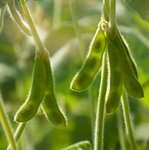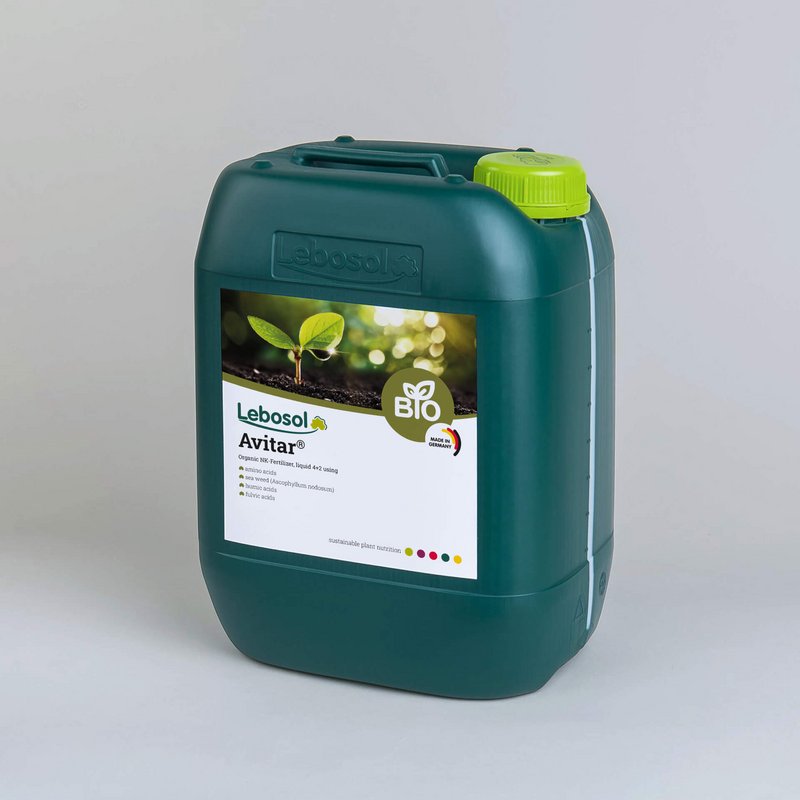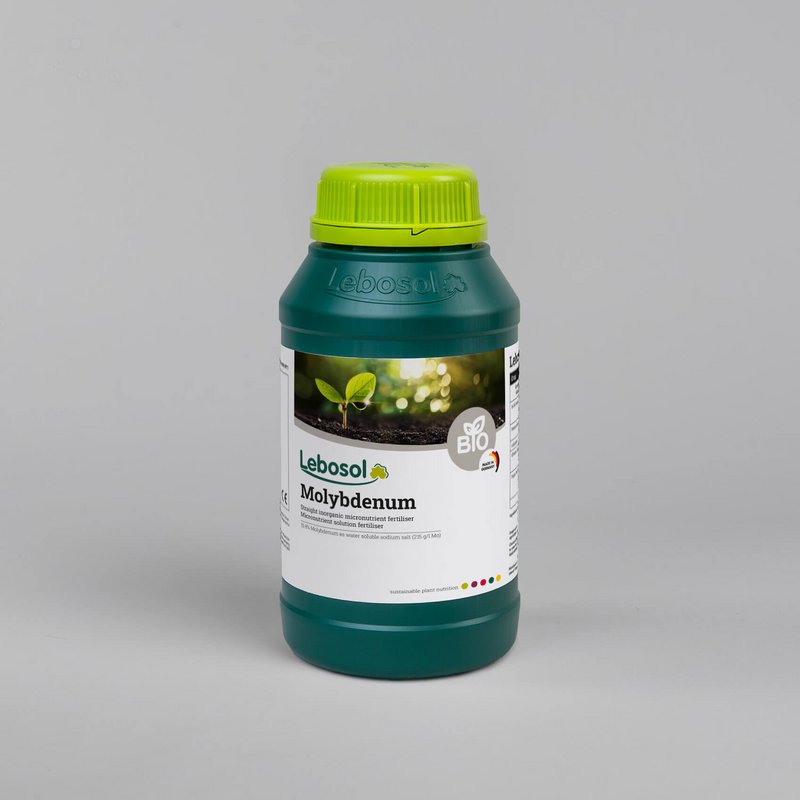Foliar fertilisation in legumes
Optimum nutrient supply for soya beans, grain peas and co.
The cultivation of legumes such as soya beans, grain peas, lupins and field beans is becoming increasingly important, whether to fulfil the greening requirements or to promote the domestic protein demand. A carefully planned fertiliser strategy is essential here.
Despite their ability to bind atmospheric nitrogen, legumes require a balanced basic fertilisation. Macronutrients such as potassium, phosphorus, sulphur and magnesium as well as trace nutrients such as boron, molybdenum, manganese and zinc are important. A good supply of potassium promotes nodule formation and flowering, while manganese and magnesium increase leaf quality and resistance. Sulphur and potassium also increase the protein content of the plants.
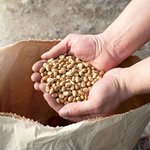
Optimum seed treatment for legumes
Provide nutrients for rapid youth development
A successful start is very important for the cultivation of legumes. This is difficult to achieve in challenging conditions such as wet and cold. However, a strong root system is the key to efficient water and nutrient uptake. Seed treatment can play an important role here.
A seed treatment enriched with essential nutrients supports germination and promotes root growth. This leads to rapid establishment of the plants and improves their adaptability to changing environmental conditions. Avitar® has proven to be a highly effective product for seed treatment.
For optimum youth development of legumes, a dosage of 0.2 to 0.5 l/dt Avitar® is recommended for seed treatment.
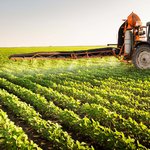
Effective weed control with Herbosol® in legume cultivation
Soil herbicide applications for peas, lupins, field beans and soya beans
Herbosol® is the first choice for effective and compatible herbicide applications in legume cultivation. This additive increases the effectiveness of soil herbicides and supports uniform weed control. Herbosol® improves the adhesion of the active ingredients to the soil, reduces leaching through precipitation and ensures homogeneous distribution of the spray liquid. The standard dose is 0.4 litres/ha.
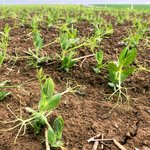
Molybdenum in the foliar fertilisation of legumes
How can nitrogen fixation in legumes be improved?
Molybdenum is essential for supporting the nodule bacteria in fixing atmospheric nitrogen. This micronutrient is particularly important for legumes as it is needed to control the enzymes of the nodule bacteria that regulate the nitrogen balance of the plants.
In order for legumes to better fix nitrogen from the air, they need a balanced amount of molybdenum. The recommended application starts from the 6th leaf: 1 - 2 times 0.25 l/ha Lebosol®-Molybdenum.
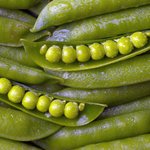
Perfect combination for legumes
Three key nutrients are crucial
If a deficiency occurs due to adverse weather conditions (e.g. cold, wet, dry) or insufficient nutrient appropriation capacity, the Lebosol® product range can be utilised. Even a non-visible (latent) deficiency leads to losses in yield and quality. Lebosol® offers a combination of foliar fertilisers for legumes that provide important nutrients for this crop and prevent deficiencies.
Boron, silicon and manganese play a decisive role here. Boron promotes root growth, flower development and stability of the plants. Silicon strengthens resistance to stress factors such as cold or drought. Manganese is essential for chlorophyll formation and protein synthesis. We recommend two applications from the 6th leaf with 0.5 l/ha Lebosol®-Silicon, 0.5 l/ha Lebosol®-Manganese 500 SC and 1.5 l/ha Lebosol®-AqueBoron SC 150.



